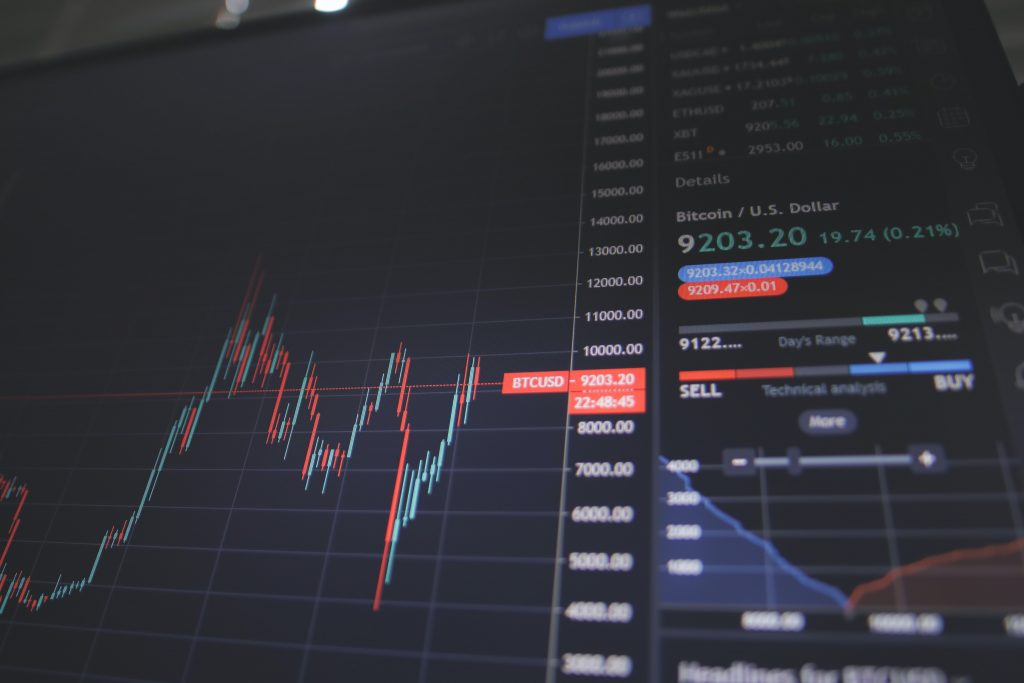
By Graham Robertson
Senior Marketing Executive, Cambridge University Press
How much do you know about the influence of mathematics and statistics? April is Mathematics and Statistics Awareness Month, so we thought we would share a quick snapshot…

You probably know that secure online shopping and private messaging on your mobile or cell phone would not be possible without something called public key cryptography. But did you know it was based on a branch of mathematics called number theory? Film streaming and online gaming would be impossible without communications theory and signal processing, which employs an area of mathematics called combinatorics.
Meanwhile, the ongoing COVID-19 pandemic has made many of us sadly familiar with the statistical tool called the R number. On the same theme, an equation called Bayes’ Rule can be used to work out the accuracy of COVID test results.
Then there is the discipline called operations research (OR) – sometimes called management research. Essentially, it’s the science of making things work smoothly. It uses a combination of mathematical modelling, optimization and statistics alongside disciplines like organization studies and psychology to address logistical challenges such as the surprisingly complex problem of managing elevator usage.
Solutions for real-world problems
Mathematics is essential in answering many complex questions we find in the real world. For instance, we rely on mathematics to model the Earth’s climate. Mathematics and statistics are used to study many aspects of the natural world, such as in life science and in topics like geophysics. Plus, let’s not forget epidemiology, which uses statistical tools, such as the R number mentioned above, to model the spread of diseases.
Going with the flow
Understanding the ways fluids behave in different situations is crucial to many applications in engineering, chemistry, physics and biology. For instance, it is our understanding of fluid dynamics that lets us build planes that fly, and create hydraulic brakes that stop cars. It even helps us understand how the human heart works.

Know when to fold ‘em
Who would have thought that the seemingly obscure mathematics of folding in origami has applications in engineering, biochemistry (protein folding) and aeronautics (unfolding solar panels in space)? All this from an area of mathematics that might have seemed, at first, to have little value beyond academic interest.
Machine learning turning fiction into fact
Recently, in a spooky development that could have come straight from the Harry Potter movies, machine learning techniques (with mathematics at their heart) have made it possible to animate photographs and make them ‘come to life’ – a bit like those grumpy paintings at Hogwarts. Another application is the increasing power of online tools such as Google Translate, which uses a technique known as natural language processing to give almost instant language translation. Granted, it’s not always perfect, but less than a generation ago, this would all have seemed like science fiction.

Economic and Finance models
Economists, businesses and financial organisations like insurance companies use mathematics and statistics to carry out data analysis, build financial models (such as for financial markets) and support decision making. One of the tools used particularly in economics is game theory, which is a slick mathematical method for complex decision making. It’s worth noting that the 2020 Nobel prize for Economics was awarded to researchers in game theory, 26 years after John Nash was also awarded the prize for his work on game theory, as dramatized in the film, A Beautiful Mind.
Psychology and social science
Statistics is essential to psychology research for a number of reasons, not least because it lets researchers assess the significance of the results obtained from experiments that often involve many participants. Without the tools of statistics it would be very difficult to see patterns in such large amounts of data. And it’s not just psychology. Every other social science, such as sociology, relies on statistics to make sense of experiments. If you are dealing with so-called big data (on the worldwide web for example) then you can also employ machine learning and pattern recognition techniques that are – you guessed it – based on mathematics and statistics.
Here, there and everywhere
The influence of mathematics and statistics can be found almost everywhere you look, from the online translation tools of Google, to the design of airplanes, from climate models and weather prediction to solar panels on satellites and the smooth running of elevators. Mathematics and statistics are essential to the modern world, and to understanding everything in it.
Find out more
New to mathematics and want to learn more? Take a look at Quantitative Reasoning, a book that helps readers think mathematically about real-world questions.
Related Content from Cambridge University Press
Communications and Signal Processing
Multimedia Fluid Mechanics Online (an undergraduate teaching tool)
Origametry – the Mathematics of Paper Folding
Latest Comments
Have your say!